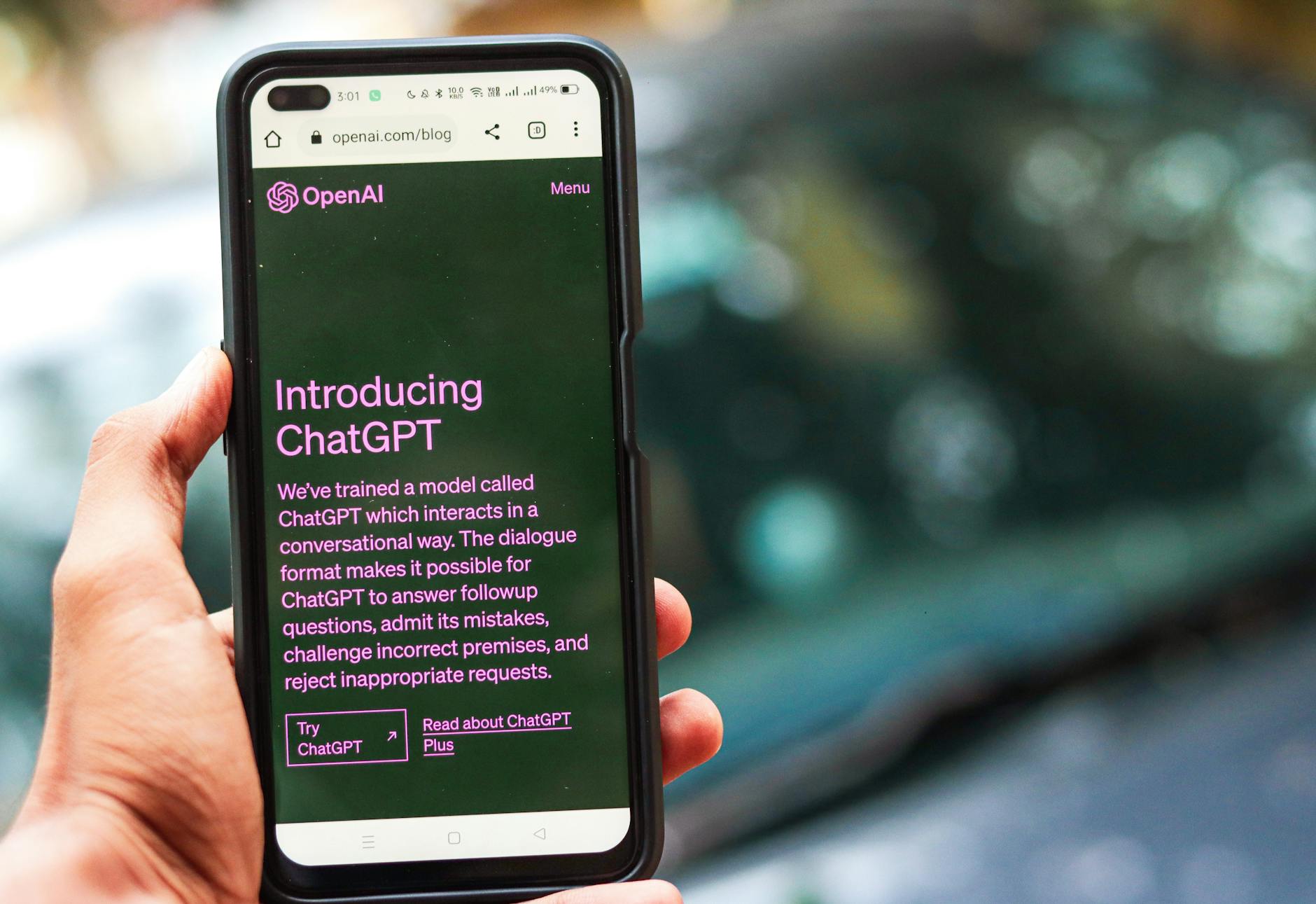Zendesk’s “Ultimate Service”: A Billion-Dollar Bet on AI, Or Just the Next Round of Hype?

Introduction: Zendesk is staking a significant claim on the future of customer service, announcing a barrage of AI capabilities for its Resolution Platform. With lofty promises of “ultimate service” and unique billing models, the company aims to redefine enterprise CX – but does its ambition truly cut through the noise, or is this merely a sophisticated repackaging of industry-standard AI aspirations?
Key Points
- Zendesk is making a massive financial commitment ($400M R&D) to establish its AI-first Resolution Platform, signaling a high-stakes play in the competitive CX market.
- The “pay-for-successful-resolution” model is a potentially disruptive, albeit complex, attempt to align vendor incentives with customer outcomes, setting a new benchmark for ROI measurement in AI services.
- While impressive on paper, many announced “advancements” represent evolutionary rather than revolutionary steps, and the immediate practical efficacy of capabilities like “GPT-5” integration remains largely untested in broad enterprise deployments.
In-Depth Analysis
Zendesk’s latest AI capabilities announcement reads like a strategic manifesto, positioning the company at the vanguard of customer experience innovation. The financial commitment of $400 million in R&D and a projected $200 million in AI-related revenue underscore a serious pivot towards an “AI-first” ethos. At the heart of this strategy is the Resolution Platform, touted as “purpose-built for service and purpose-built for AI.” This phrasing aims to convey native, deep integration rather than superficial AI overlays, suggesting a fundamental architectural advantage over competitors.
The array of features—voice AI agents, Admin Copilot, Knowledge Connectors, and the HyperArc analytics acquisition—certainly rounds out a comprehensive offering. The promise of autonomous AI agents “solving complex issues in real-time” and leveraging “leading LLMs like GPT-5” is bold. However, the true litmus test lies in execution. While the idea of AI understanding multiple intents and working across channels is compelling, the path from controlled demo to real-world deployment in diverse, messy enterprise environments is fraught with challenges. The “Admin Copilot,” designed to flag operational issues and even implement fixes, speaks to a vision of AI moving beyond mere assistance to active management – a significant leap if it can avoid unintended consequences or over-automation.
Perhaps the most intriguing, and potentially disruptive, aspect is Zendesk’s claim of charging “only for successful resolutions,” verified through “two layers of quality checks” and an “industry’s longest validation window.” If implemented effectively, this could fundamentally shift the economic model of customer service software, aligning Zendesk’s revenue directly with its customers’ demonstrated value. It forces a rigorous definition of “successful resolution” and places the onus on Zendesk to deliver tangible, measurable outcomes, moving beyond licensing fees or per-user models. This could be a powerful differentiator, provided the verification process is transparent and genuinely fair. Ultimately, Zendesk is betting that truly integrated, AI-native systems, coupled with an outcome-based billing model, will be its competitive moat in an increasingly AI-saturated market.
Contrasting Viewpoint
While Zendesk paints a picture of unparalleled innovation, a more cynical observer might suggest many of these “advancements” are less revolutionary and more par for the course in a hyper-competitive market. The claims of being “the only platform” or “purpose-built for AI” often stretch the definition of uniqueness. Competitors like Salesforce with Service Cloud Einstein, Genesys, and even niche players are aggressively integrating similar AI capabilities, from intelligent virtual agents to agent assist tools and predictive analytics. The idea of leveraging LLMs like “GPT-5” is forward-looking to the point of being aspirational, given that a public GPT-5 doesn’t currently exist. This feels more like marketing boilerplate for future-proofing than current operational reality.
The “successful resolutions” billing model, while innovative, warrants scrutiny. What constitutes a “successful resolution” in the eyes of a customer versus Zendesk’s algorithms? The complexity of validating resolutions, especially across diverse issues and industries, could lead to billing disputes or a lack of transparency. Will customers truly see their costs reduced, or will the definition of “success” subtly shift to Zendesk’s advantage? Moreover, seamless integration “without needing to migrate anything” often belies the real-world headaches of connecting complex enterprise data across disparate systems, raising questions about actual deployment friction and the depth of data access.
Future Outlook
Over the next 1-2 years, Zendesk’s success will hinge less on the breadth of its AI features and more on the depth of their impact and the veracity of its “successful resolution” model. The biggest hurdle will be scaling these sophisticated AI agents beyond simple, transactional queries to genuinely complex problem-solving, without succumbing to “hallucinations” or requiring constant human intervention. The cost of running advanced LLMs and the computational resources required will also be a significant factor in overall profitability and pricing.
Furthermore, integrating knowledge from disparate sources via “Knowledge Connectors” needs to be truly intelligent, not just a glorified search function. The challenge for Zendesk, and indeed the entire industry, is to move from AI assisting service to AI autonomously resolving issues with high accuracy and customer satisfaction. The “pay-for-resolution” model, if it proves transparent and genuinely cost-effective for customers, could reshape the CX software landscape. However, if it adds complexity or is perceived as opaque, it could become a significant point of friction. The enterprise world is still grappling with the practicalities of generative AI; Zendesk’s aggressive push will be a key indicator of its real-world viability.
For a deeper dive into the challenges of AI adoption in enterprise customer service, explore our analysis on [[The Generative AI Gold Rush: Separating Signal from Noise in Enterprise Applications]].
Further Reading
Original Source: Zendesk launches new AI capabilities for the Resolution Platform, creating the ultimate service experience for all (VentureBeat AI)